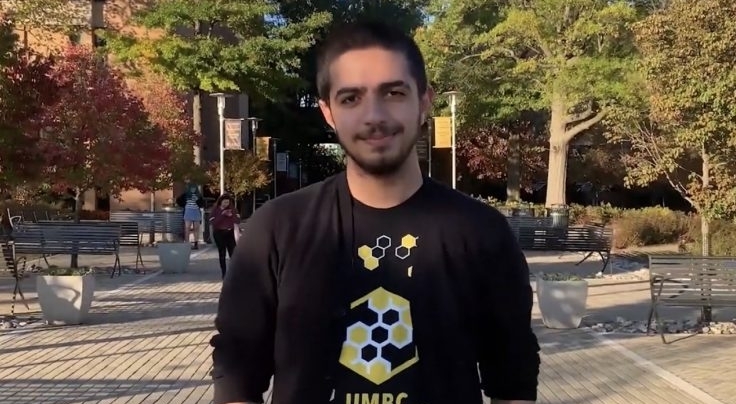Course redesigns to improve online course resources for professors and students
Manisha Vepa
Contributing Writer
mvepa1@umbc.edu
The UMBC Department of Information Technology is working to redesign the format and resources for online and hybrid courses through the Alternate Delivery Program (ADP). This would allow professors of summer and winter courses to increase the amount of learning in their courses, and allow students to learn the online material at their individual pace.
Every year, UMBC offers classes during Winter and Summer break to allow students another opportunity to obtain needed credits. Unlike a typical 16-week semester, however, the winter/summer is a more condensed, intensive program. Students have less time to learn the material, and teachers have less time to teach it.
To try and remedy this, the Office of Summer, Winter and Special Programs has revamped its Alternate Delivery Program this year to encourage professors to adopt online teaching methods.
The Alternate Delivery Program (ADP) is a process through which faculty can receive funding and guidance to develop hybrid courses. Hybrid courses utilise both online and in-person teaching to increase the effectiveness of learning that can occur in a short period of time.
To receive funding, applicants must prepare a letter of recommendation from the department head and a presentation on how the course would be designed. In addition, the applicant must attend multiple training sessions and receive feedback from both peers in their department and the sponsors of ADP.
“The course would have a slight resemblance to Khan Academy videos,” said Tom Penniston from the Department of Informational Technology (DoIT). “Ideally, professors would post lecture videos online and then work through examples and homework questions during class time.”
Not only does this allow the professor to save class time and give students more attention, but it also allows students to learn at their own pace. Students can watch short video segments at their convenience before class, and arrive prepared with specific questions that they have. Professors can also require students to complete short quizzes on each video before being able to unlock the next video, which would help ensure that students would actually watch the videos.
Penniston said that this method of teaching “allows class time to become a student-centered work environment” and “frees up time to make allowances for time that is not there.”
However, while the idea is strong, the implementation might take more time and effort than anticipated. Faculty must be encouraged and persuaded to shift from typical course delivery to a hybrid method. While UMBC has been encouraging hybrid classes since 2005, less than half the winter/summer classes are delivered in a hybrid setting.
Furthermore, professors face complications with the technology involved. DoIT is currently pushing for professors to use Blackboard to store and share content. To do this, professors must go through an additional step of uploading their videos to an outside storage site and providing links.
Regardless of these complications, the University will continue to promote and push for this change, in order to promote a competency-based learning environment during the summer and winter sessions.

